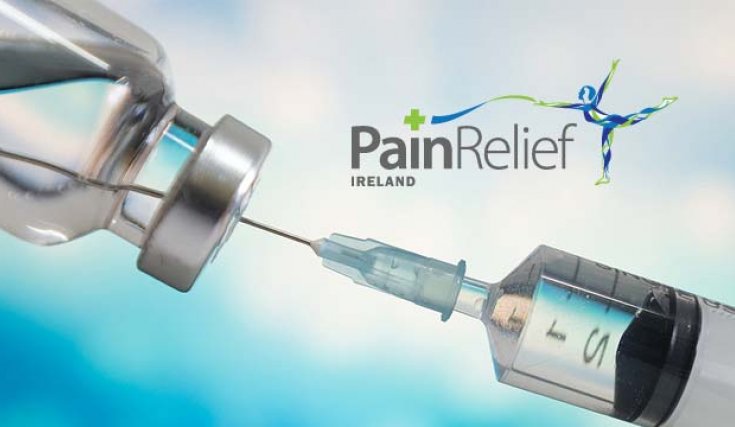
What is Regenerative Pain Medicine (RPM)?
RPM seeks to use of biologics to improve soft-tissue healing. It is fast becoming a key therapy in chronic pain medicine and in the area of sports medicine. The topic has been discussed for many years and continues to appear on conferences programs.
What is Platelet Rich Plasma (PRP) & How does it differ to steroid injections?
“PRP” is the term most commonly used to describe RPM. PRP is derived from an autologous sample prepared to isolate elevated concentration of growth factors and cytokines. It has a dual role (i) to create a healing environment and (ii) reduce inflammation. Steroids only help reduce the inflammation. It is not the same as “stem cell” therapy.
Essentially the treatment involves taking a sample of the individuals own blood, isolating the pro-active healing elements and re-injecting the healing components into the injured area.
Correctly prepared PRP can provide 7 different “natural” healing products to enhance recovery.
Who will benefit from this treatment?
This will offer a therapy option to deal with cases refractory to traditional options. Examples include:
- Tendinopathy and ligaments that have not settled with conventional treatment (steroid based injections). There are over 65 publications on this aspect alone between 2010-2018
- Individuals on long-term steroids, diabetic patients, athletes and other individuals for whom steroid are contra-indicated or ineffective.
- In osteoarthritic knee pain and frozen shoulder syndrome: there are over 100 papers published on this aspect alone (2003-2018)
- The literature also supports the treatment in the following areas: Shoulder (Biceps tendon, Rotator Cuff injury); Elbow joint (Golfer’s & Tennis elbow); Knee pain (Osteoarthritic knee, cruciate ligament injury, patellar injury); Achilles tendon
What is involved in the treatment?
- If your doctor feels that this is a treatment option for you will be required to attend for a day case procedure. A small blood sample will be taken from you and the platelet rich plasma sample shall be prepared.
- Depending on the source of your pain this will be injected under sterile conditions with the aim of ultrasound and / or x-ray guidance.
- After 15 minutes you shall be discharged and advised about the type of exercise you can undertake.
Complications/ Adverse events
There are no significant differences to those one may expect following any local injection under ultrasound. For example,
- a local reaction & increased pain 2-4 days post the procedure is a common feature. This would be self-limiting.
- Local infection at the injection site is rare.
- Systemic infection avoided by using pre-sealed consumables for the product transfer
- Anaphylactic Reaction to the product is extremely rare as we are re-injecting the individuals own biological product
What to do next?
- Whether you are an elite athlete, play sports for fun or simply want to get around you garden with less pain then PRP may be an option for you.
- If you feel that you may benefit from PRP therapy discuss the option with your doctor or physiotherapist and get referred to Pain Relief Ireland today. Make an appointment to see if we can help you move with greater ease.
Reference (others available if required)
-
NICE Guidelines : Platelet-rich plasma injections for knee osteoarthritis Interventional procedures guidance [IPG637] Published date: January 2019
-
Cameron Kia, Joshua Baldino, Ryan Bell, & Alim Ramji, Colin Uyeki, Augustus Mazzocca. Platelet-Rich Plasma: Review of Current Literature on its Use for Tendon and Ligament Pathology Current Reviews in Musculoskeletal Medicine (2018) 11:566–572
-
Nguyen RT, Borg-Stein J, McInnis K. Applications of platelet-rich plasma in musculoskeletal and sports medicine: an evidence-based approach. PM R. 2011;3(3):226–50.










